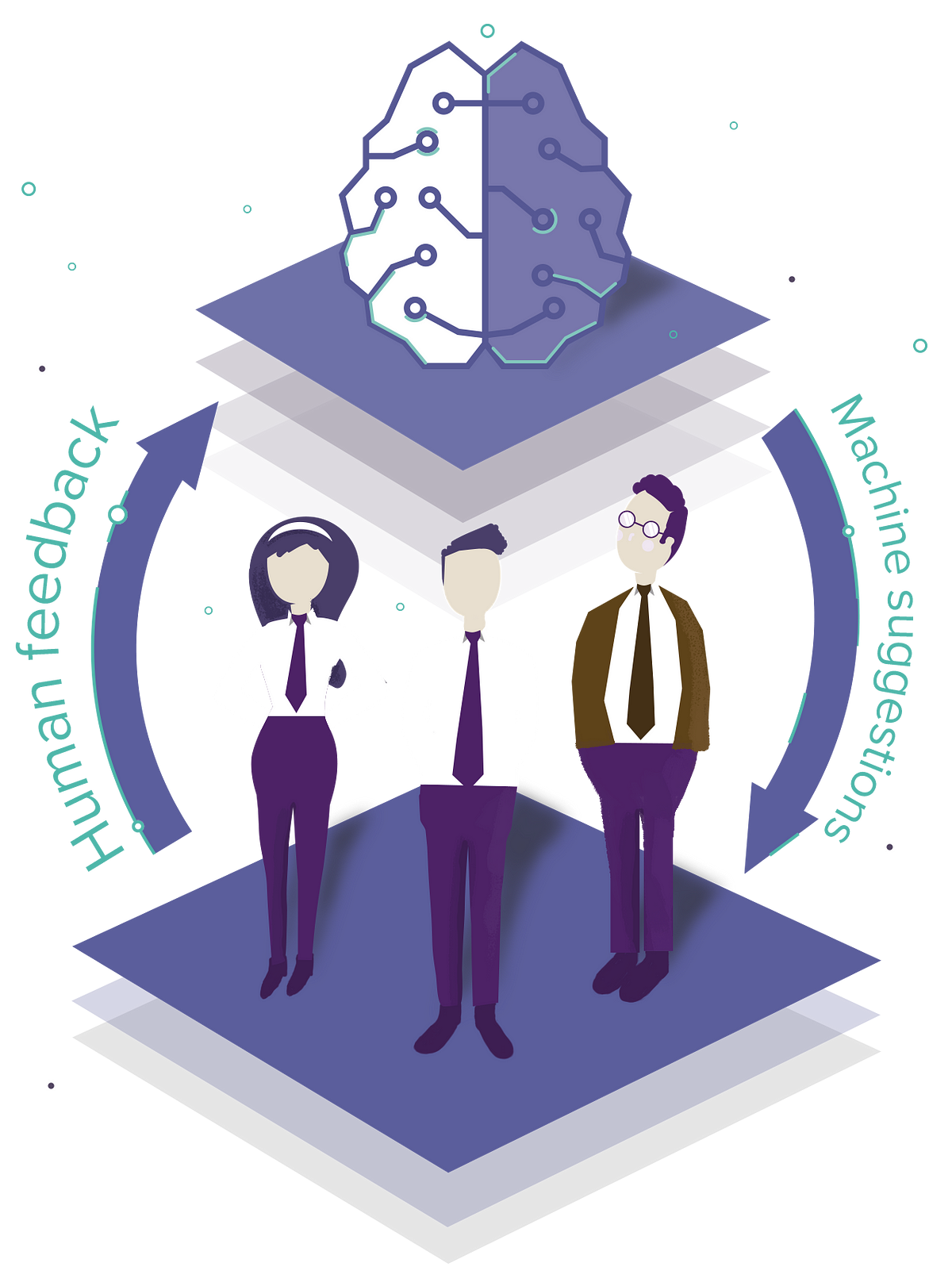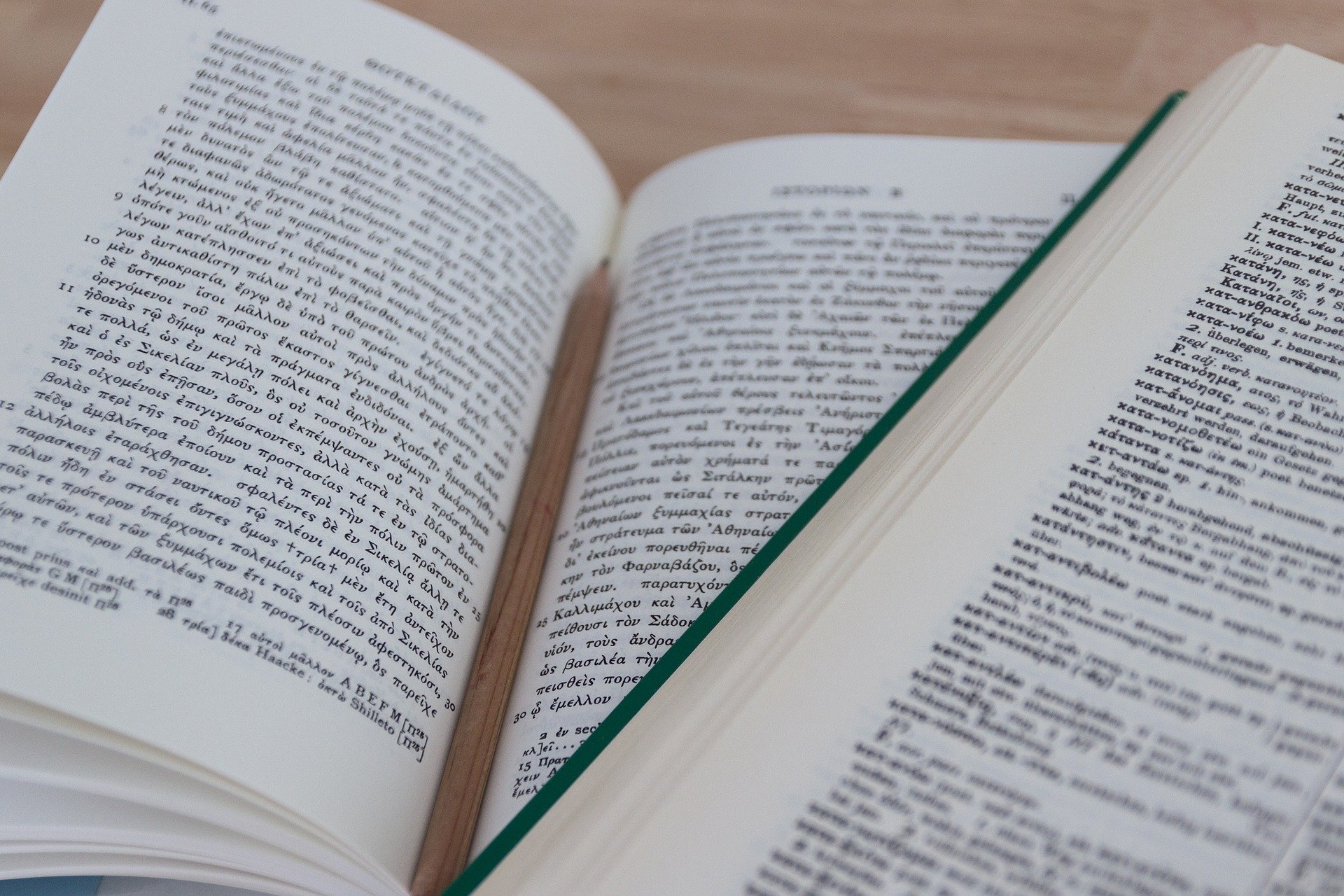Is Post-editing Dead?

Many of us who have had the displeasure of post-editing a translation created by a machine would agree that the process is slow, tedious and out-of-style. However, there are always two sides of the story. So, we decided to ask our Twitter followers on their opinion of the post-editing process. The results? 47% of translators would rather go to the dentist than post-edit.

While this may seem impressive, there’s still 33% who like to post-edit! So although post-editing may not be dead just yet, we can all be excited about advances in adaptive machine translation (MT) technology which create viable alternatives to an archaic process.
Some advocates of post-editing machine translation (PEMT) try making it sound like just another editing job; where the translator cleans up the MT output, much like an editor would do to the work of a human translator. Except that if you were editing the work of a colleague with as terrible translations as a machine has sometimes, you’d probably throw a muffin at their head. Not to mention, that your colleague would never learn that Jack London should not be translated to Jack Londres, no matter how many times you corrected them. Another muffin gone and wasted.
For trained linguists with the skills and abilities to pick up on nuances in language, culture and style, post-editing is dull and repetitive dirty work, and pays what you’d expect. Translator Lucy Pieper told us of the process of post-editing, “It doesn’t pay very well…and I spend so much time and effort cleaning it up.”
Of course, it’s not usually the decision of the translator to post-edit, but rather the client, who sees the benefits of using machine translation because it cuts down on cost. But post-editing machine translation opens you up to wonky-sounding translations with a higher margin for error. Not exactly good for business. Nonetheless, many companies are still choosing PEMT as a way to translate their content. Translator Dana Kruse laments this decision, “Customers think post-editing is super easy. Post-editing is a pain.”
Ms. Kruse uses Lilt for most of her translation work. On why she likes it, she said simply, “It works with me according to whatever I put in there.”
Indeed, interactive and adaptive MT systems like Lilt, work with the translator, instead of interfering with them. In 2016, Spence Green, the CEO at Lilt, wrote how “neither post-editing nor TM (Translation Memory) are the future of machine-assisted translation” in his article “Beyond Post-Editing: Advances in Interactive Translation Environments.” At the time, Lilt was still a young babe and the idea of an augmented translator, made more productive by machine assistance, sounded like a far-off science fiction fantasy. A human translator augmented (not replaced) by a machine, in order to work more efficiently and productively?

Many of our early users were quick to see the advantage. “Tools like Lilt have changed my work as a translator in a number of ways. I’d say the three most important are the improvements in portability, speed, and creativity.” said Lizajoy Morales, a translator and early Lilt user.
We believe that the future of translation lies in human-centered translation. Adaptive MT systems put the translator at the center and assist them to translate better and faster without interfering with their work.
That means that translators can use the linguistic skills they’ve worked so hard to acquire and actually get compensated reasonably for it!
So what do you think of post-editing?

